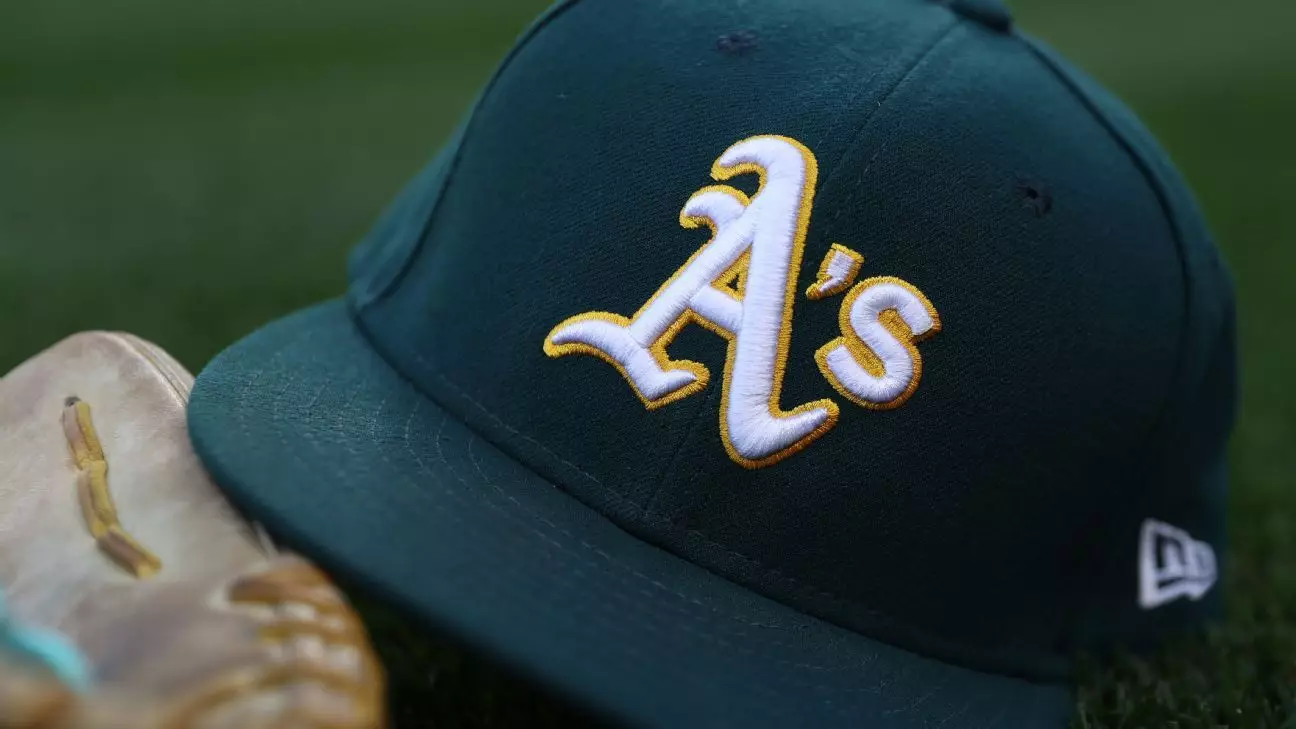The Oakland Athletics are in a transformative phase as they transition from their long-time home in Oakland to a temporary facility in Sacramento, California. This move comes at a pivotal time for the franchise, which has faced numerous challenges, including dwindling attendance, escalating costs, and a persistent quest for a new ballpark. By opting for Sutter Health Park, shared with the Sacramento River Cats—a Triple-A affiliate of the San Francisco Giants—the Athletics aim to maintain a competitive environment while planning their much-anticipated relocation to Las Vegas by 2028.
Natural Grass Versus Synthetic Turf
A significant decision in this transitional phase has been the choice between natural grass and synthetic turf for the playing surface. Initially, Major League Baseball projected the installation of synthetic turf due to its resilience and lower maintenance costs, especially in a dual-team setting. However, concerns raised by the MLB Players’ Association brought about a reconsideration. Sacramento’s extreme summer temperatures can exacerbate the playing conditions on artificial surfaces, leading to painful heat-related issues for players.
In a city that recently witnessed its hottest 20-day stretch, averaging temperatures around 103.8 degrees, the potential risks associated with synthetic turf became more apparent. The MLB Players’ Association strongly advocated for natural grass as the favored choice, citing health and safety concerns about playing on what could be an unbearably hot surface. After weighing the options, league experts like Murray Cook confirmed that maintaining a natural grass field is indeed viable at Sutter Health Park.
This decision did not come in isolation. It was the result of constructive feedback and collaboration between the MLB, the A’s franchise, and the players themselves. The emphasis on creating a safe and supportive environment for athletes reflects a broader trend in professional sports, where player welfare is increasingly prioritized. “Our shared, primary concern is ensuring the best and safest playing surface,” stated an MLB spokesperson, reinforcing the league’s commitment to player safety.
The renovations planned for Sutter Health Park go beyond just the playing surface. The clubhouses, dugouts, bullpens, and batter’s eye will receive upgrades to enhance the overall experience for players and fans alike. These improvements signal a commitment to fostering a supportive atmosphere during the Athletics’ tenure in Sacramento, even if temporary.
Additionally, the A’s have a notable advantage: Should delays arise in the construction of their new permanent facility in Las Vegas, they hold the option to extend their time in Sacramento by another season, offering flexibility that could be critical addressing their operational needs. This pragmatic approach indicates that the franchise is not only thinking about the immediate future but also planning strategically for unforeseen circumstances.
As the Oakland Athletics prepare for their new chapter in Sacramento, particularly in the face of challenges posed by climate and player safety, their decision to opt for natural grass surfaces mirrors a nuanced understanding of both player welfare and operational feasibility. This temporary stopover will serve as a vital foundation for the A’s progression into their Las Vegas future, encompassing both strategic adaptability and a commitment to the sport’s integrity.

